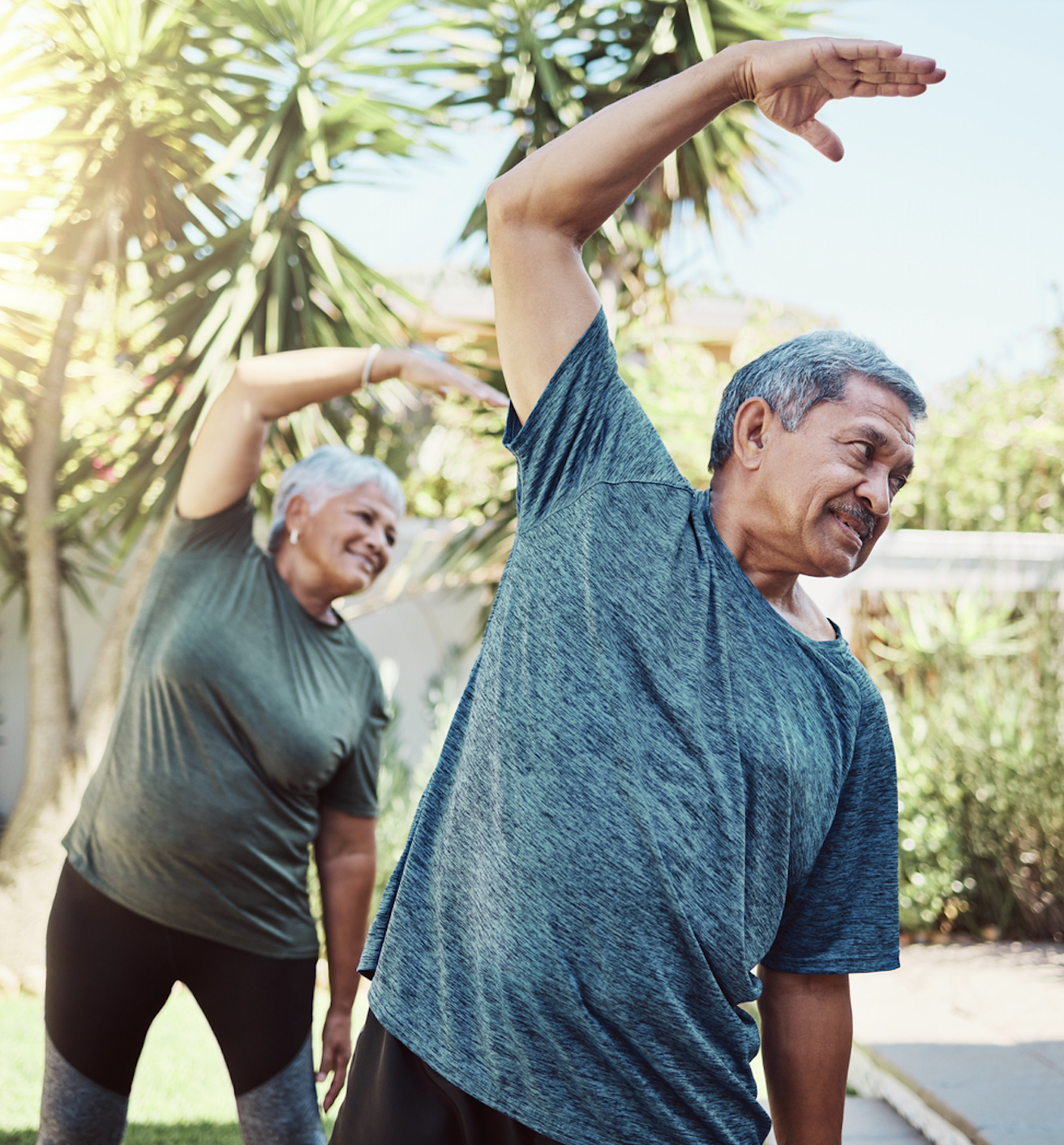In The Balance: Understanding Balance and Lowering Fall Risks
October 11, 2023

As you likely know, falls are a significant cause of serious injury and even death in older adults, and their incidence is on the rise. While there are many reasons you may experience a fall, having good balance is an essential component for preventing a fall or minimizing your injuries if you do fall. While some people seem to naturally have good balance, at its core, “Balance is a skill”- so that the more you practice and build up your strength and confidence, the stronger your balance will be. Three systems in your body work together to keep you balanced: Your visual system (eyes and optic nerves leading to the brain), your vestibular system (the sensory system that gives you a sense of balance and spatial orientation, along with hearing), and your somatosensory system (the sensations detected through muscles, joints, skin, and tissues, producing the sense of touch, temperature, body position, and pain). All three systems work together to keep you in good balance- and abnormalities with any of these can cause balance problems. That’s why it is always critical to regularly check your vision and auditory systems to address the risk of falling, and why exercises are valuable for ensuring strong balance.
With strength training and exercise, you can build better balance with a range of recommended exercises that even the more sedentary among us can attempt and accomplish. For example, following a recent fall by Sir Elton John, the British newspaper The Telegraph published a list and description of 5 essential balance exercises we should all be doing to maintain muscle strength and shore up our balance. Among the five? Some familiar poses, including squatting and standing on one leg (using a support as needed). The message is it’s never too late to start- your body literally hangs in the balance. The Mayo Clinic also just updated its list of essential balance exercises, with the proviso that “Nearly any activity that keeps you on your feet and moving, such as walking, can help you keep good balance.” Harvard Health also endorsed walking as a way to maintain and strengthen balance. And if you’re hoping to include some off-the-road trails or potentially uneven ground walking while maintaining your balance? That’s an endeavor that calls upon all three balance systems to keep you upright. So put on some comfortable hiking shoes and learn how to practice this kind of walking here.
While good balance is essential to minimizing the risk of an injurious fall, other factors can also contribute to a fall and resulting injury. Beyond the fall itself, the force of the fall and the fragility of your bones will affect whether you sustain a serious injury. As you’re likely aware, calcium is key for strong bones, and, in fact, a recent study presented at the Congress of the European Society for Clinical Nutrition and Metabolism found that among long-term care residents, when dairy and protein servings were increased in a study of 7000 residents, there was a 46% reduced risk of hip fractures, a 33% reduced risk of all fractures and an 11% reduction in the risk for falls. Additional factors, such as impairment due to medications, problems with blood pressure, and safety hazards in the home, are all important considerations when trying to reduce the risk of falling. Dr. Leslie Kernisan of Better Health While Aging recently updated her post about some of these factors and how you should discuss them with your physician. So schedule that doctor’s appointment and find out more here. And if you also want to bring to your doctor a personalized assessment of your own fall risk, the National Council on Aging has a free Falls Check Up to give you some sense of the risks you face. It’s one more piece of information to help calculate your risk of falling, your need to shore up your balance, and help you in your efforts to stay upright and steady.







